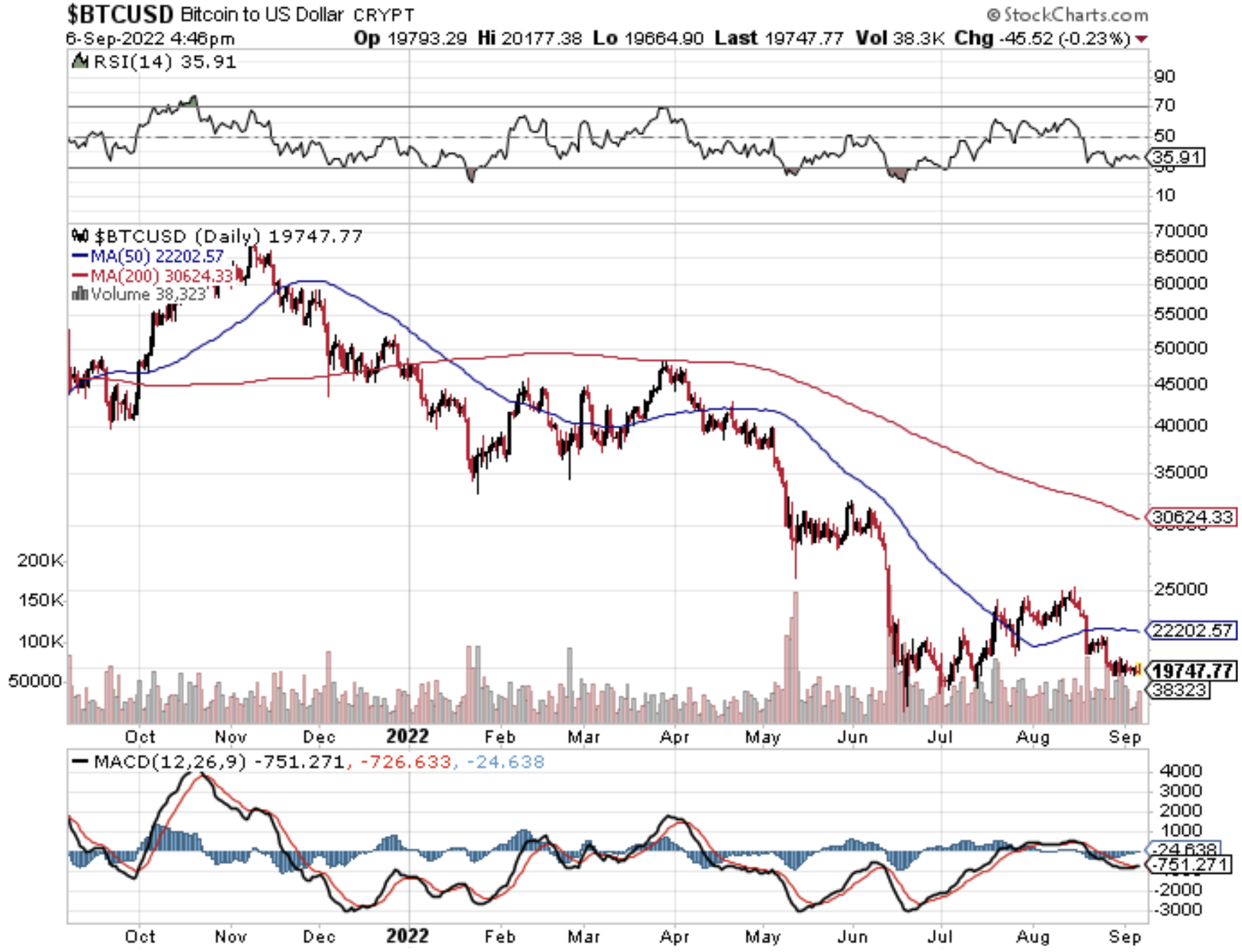Another One Bites the Dust
It’s important to keep close tabs on what’s happening overseas in crypto regulation as it increasingly matters.
Some or perhaps all of these sovereign nations’ experiments could be adopted in the United States.
The United States continues to be the flagbearer in terms of crypto as our openness to new technologies, overflow of employee talent, and zealous acceptance of financial alternatives attract the incremental crypto industrialist.
Just this very last week, another domino dropped in the crypto world, when in the heat of summer in the Middle East, the Taliban regime in Afghanistan arrested several dealers of cryptocurrency tokens who resisted instructions to halt selling digital assets after the country’s central bank this month placed a national ban on crypto.
As a free market entrepreneur, this makes my blood boil.
Also, I am not saying that Afghanistan is the center of the crypto world — hardly so. However, they are a financially closed system in which fiat doesn’t work where the use case for alternative assets is strong.
The local authorities didn’t turn a blind eye to what was happening in local private finance, and they weren’t going to let citizens get away with the non-regulation of money in Afghanistan.
Afghans had begun to store their personal wealth in cryptocurrency in order to protect it from the reach of the Taliban, and in doing so, the Taliban has caught on and followed the money and now is delivering a lethal blow to the Afghan crypto infrastructure.
Without crypto exchanges, it becomes a lot harder to maintain hot wallets even if there remain options of maintaining a cold wallet that is offline.
The central bank gave Afghans an order to stop all money changers, individuals, and businesspeople from trading digital currencies.
Thirteen people were detained, although the majority of them were later freed on bail, and more than twenty enterprises linked to cryptocurrencies were also closed down in the city of Herat, Afghanistan’s third-largest city and a center for dealing in digital tokens.
Since the nation is cut off from the global financial system because of the sanctions imposed on the group, the use of cryptocurrency as a means of transferring money into and out of the country has grown more common.
In the aftermath of a market crisis that wiped away almost $2 trillion of value and forced numerous high-profile enterprises into bankruptcy, governments ranging from South Korea to the United States are strengthening crypto regulations.
As much as it’s great to be an idealist and believe that every banana republic with a closed financial system will automatically opt for crypto, there is also the chance that powers at the top might shut it out full stop.
Why?
Control.
Many of the recent geopolitical events might or might not make sense but the underlying denominator tying them together is always about control and the unadulterated totality of it.
A sovereign nation banning crypto is an unequivocal minus for the asset class, and naturally the larger the GDP, the worse it is for crypto.
Shrinking the pie means less can feed from it.
This also sets the precedent, like in China, to blacklist crypto.
As long as the U.S. regulates but doesn’t ban crypto, the asset class is safe and won’t go to zero.
However, this is just another sign that it can be incredibly high-risk dabbling in this speculative currency which is why I do not recommend a reader to invest more than 3% of their net worth into digital currencies.
As we consolidate around the $20,000 mark for Bitcoin, the currency needs all the horses in the stable moving forward.
In the short term, I don’t see Bitcoin moving past a short-term ceiling of $25,000 per coin.


